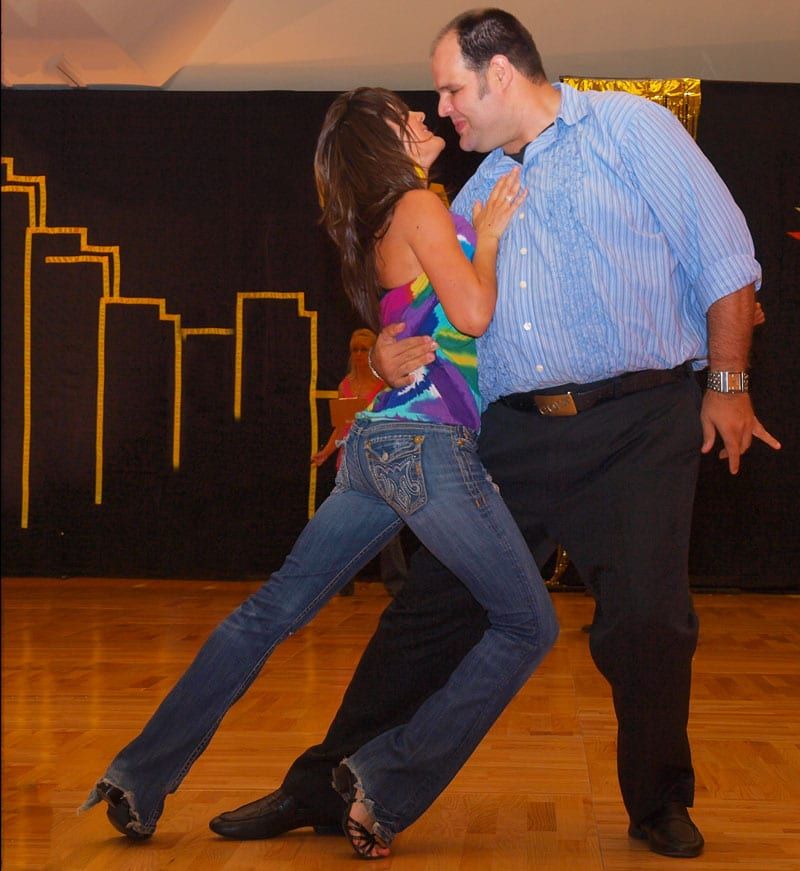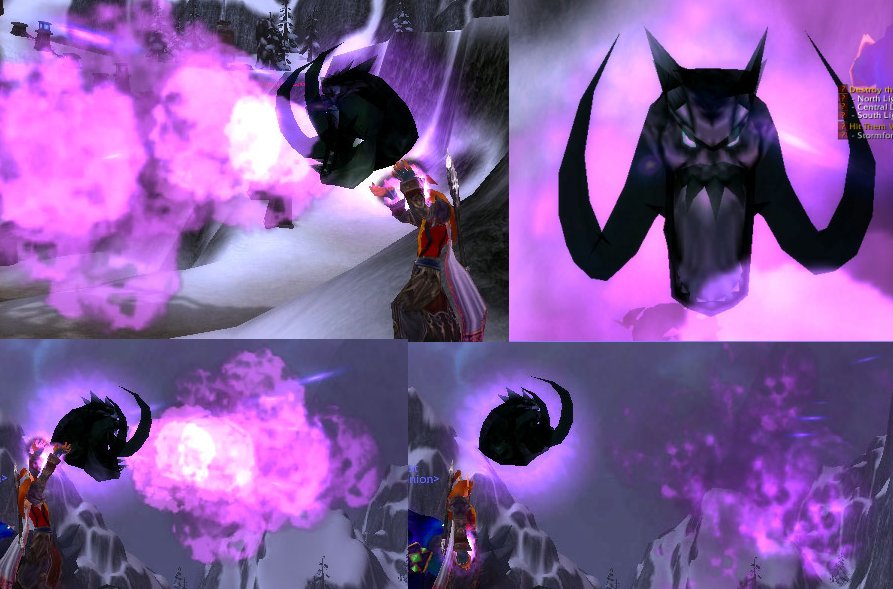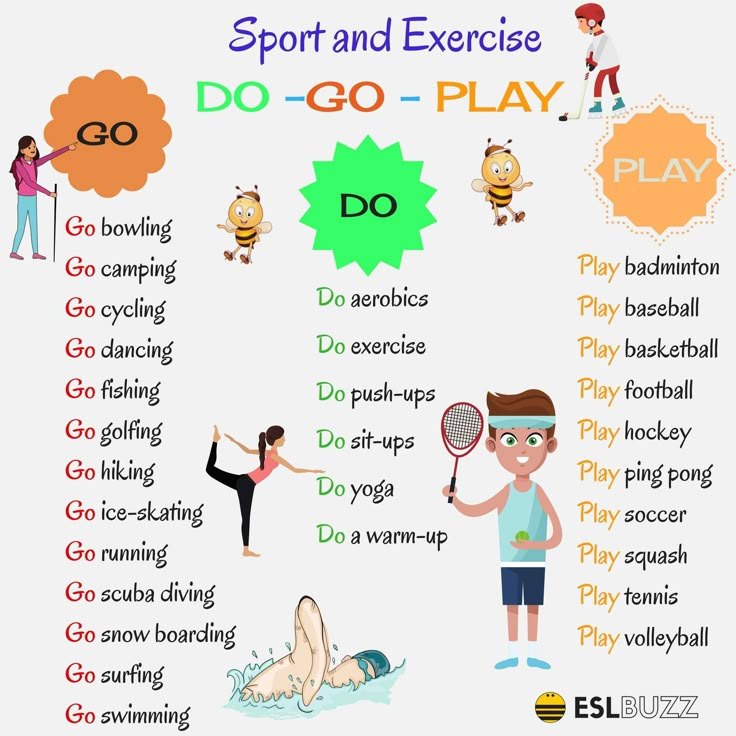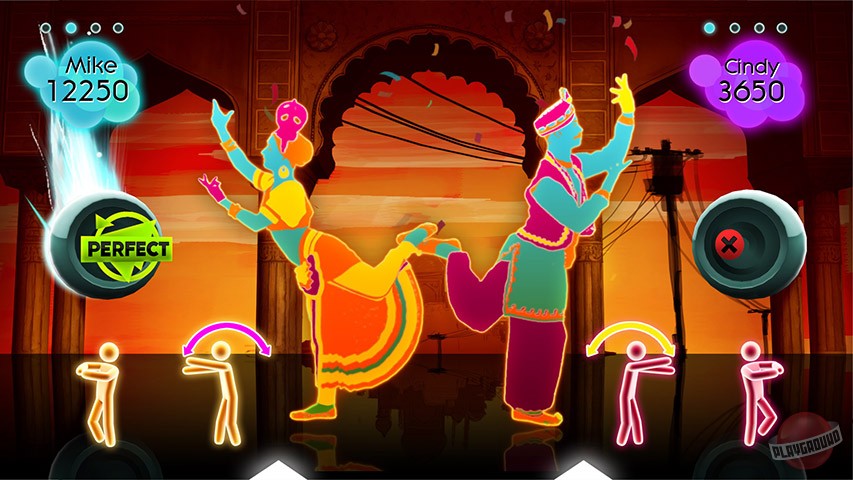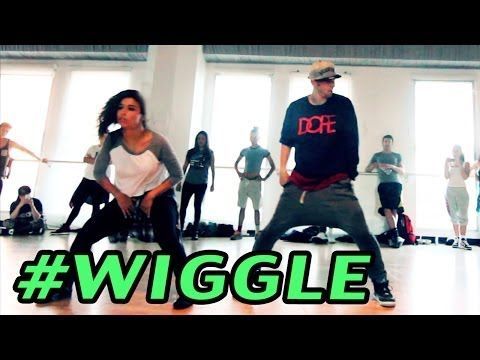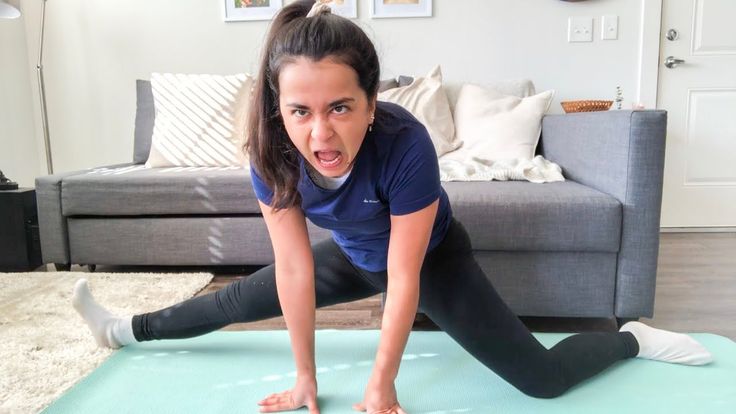Learn how to flamenco dance
The Beginner's Guide to Flamenco
Flamenco is such a captivating art form and it enthralls and entices novices to begin a journey of learning it. So, they sign up for a class and then……
FREAK OUT! Why? Who knew flamenco was so complicated! There are the steps, then the footwork and the hand coordination and then that weird 12 count rhythm and all the different rhythms and, and, and….
It can be overwhelming for sure. Realize that flamenco isn’t like learning how to ride a bike. If you think of learning how to dance flamenco more like learning a new language, then it’s easier to digest the whole concept and just enjoy the journey.
But fear not, here is YOUR general guide to flamenco for beginners.
A SUPER BRIEF HISTORY OF FLAMENCO
Flamenco stems from hundreds of years of Andalusian (southern region of Spain) history that interplays with Andalusian, Moorish, Jewish and Gitano (Roma) cultures before and after the Reconquest of Spain (1492). But it is from the Gitanos’ anguished history that much of flamenco’s earliest most profound rhythms come from. In the beginning, the cante (singing) was the center of flamenco and stayed within family settings. By the late 18th century it began to venture into a performance environment and grew to the Golden Age of Flamenco in the late 19th century where the “cafe cantantes” flourished. This is where the dancer became the major attraction of the performances. Flamenco entered the theater in the late 19th and early 20th century where it was criticized for falling victim to commercialism.
FORMS OF FLAMENCO
At its core, flamenco consists of toque (guitar), cante (singing), and baile (dance). The music of flamenco is based on different palos (rhythms). Think of your favorite song and think of others doing covers of it or sampling it in variations. You could hear the chords of that song and immediately recognize it as your favorite song- quick, name that tune! That’s the same with flamenco. There are many rhythms like Alegrias, Guajiras, Tangos, Solea, Fandangos, Seguirilla, etc. They are all identifiable by their own tempo, feeling, melody and chords. Some are danced while others are only sung.
There are many rhythms like Alegrias, Guajiras, Tangos, Solea, Fandangos, Seguirilla, etc. They are all identifiable by their own tempo, feeling, melody and chords. Some are danced while others are only sung.
FLAMENCO TODAY
Although Flamenco is highly associated with Spain, it is still an Andalusian art form where it is still taught in homes through an oral tradition and occurs at informal gatherings called juergas. It is also taught formally in dance academies throughout Spain and has become a world wide phenomenon such that it has been declared a World Heritage Treasure by UNESCO in 2010. Flamenco aficionados from all over the world practice flamenco and flock to Spain every year for workshops and studies.
Generally, you’ll see flamenco in three forms- casera, tablao, teatro. Casera (home-style) means the kind of flamenco you’ll find at homes danced by non professionals at parties or juergas. This is where you’ll see grandma get up to do a little pata’a por bulerias at a wedding.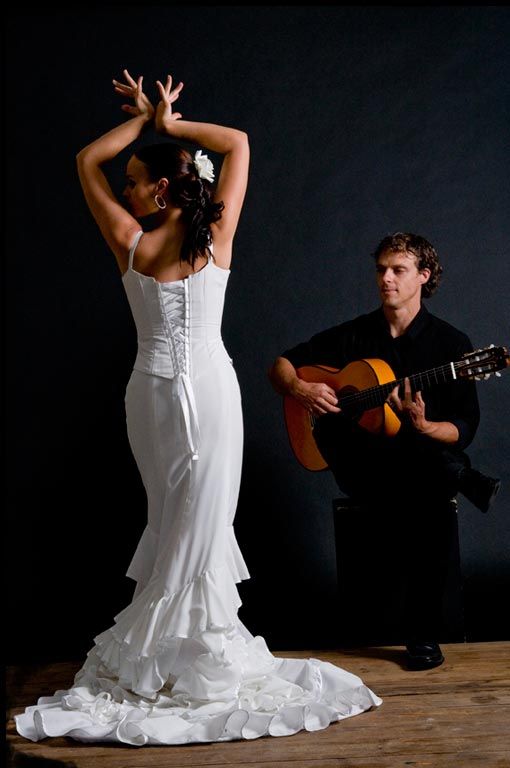 Then there’s tablao flamenco which is the type performed at the flamenco restaurants or clubs. These are small venues and tend to be improvised, although there may be some rehearsal for ongoing shows. Finally, teatro (theater) are the big flamenco productions that you see touring with company dancers, a choreographer and many musicians. Much thought is put into costuming, lighting, story and choreography.
Then there’s tablao flamenco which is the type performed at the flamenco restaurants or clubs. These are small venues and tend to be improvised, although there may be some rehearsal for ongoing shows. Finally, teatro (theater) are the big flamenco productions that you see touring with company dancers, a choreographer and many musicians. Much thought is put into costuming, lighting, story and choreography.
From there you could say there are two types of dance styles seen in tablao and theater and it’s from how the dancer learned to dance. Gitano style tends to be taught within a Gitano family home and is more raw and unrefined. Then the “rest” of flamenco styling tends to be quite broad but the general idea is that it’s learned in the dance studios and dancers may also train in other styles such as ballet. One isn’t better than the other, they just have different stylings.
COMPONENTS OF FLAMENCO FOR DANCERS
New beginners will most likely learn Tangos first, which is a fun and light hearted 4-count rhythm, then move on to one of the 12 count rhythms after several weeks. But what do they actually learn?
But what do they actually learn?
We start off with palmas, which is the hand clapping that goes along with keeping the rhythm. It’s important to be able to “hear” the rhythm and to keep time with the palmas. Then we move on to learning the hand movements that when done correctly look like beautiful fluttering birds. Then there’s marcaje which are the marking steps followed by pies (pronounced pee-yes, not the desserts) which is any of the rhythmical footwork that can be used as an accent or for a whole footwork sequence (escobilla).
Dancers learn all the various technique but we’re always learning the cante and the compás. We can’t dance without it.
In a live flamenco show, the dancer is in tune with the singer and the guitarist. They’re all playing off of each other just like a good jazz band when they’re improvising. If the dancer brings up the tempo, the musicians follow. If the guitarist plays a falseta, the dancer dances without footwork to let the guitarist shine.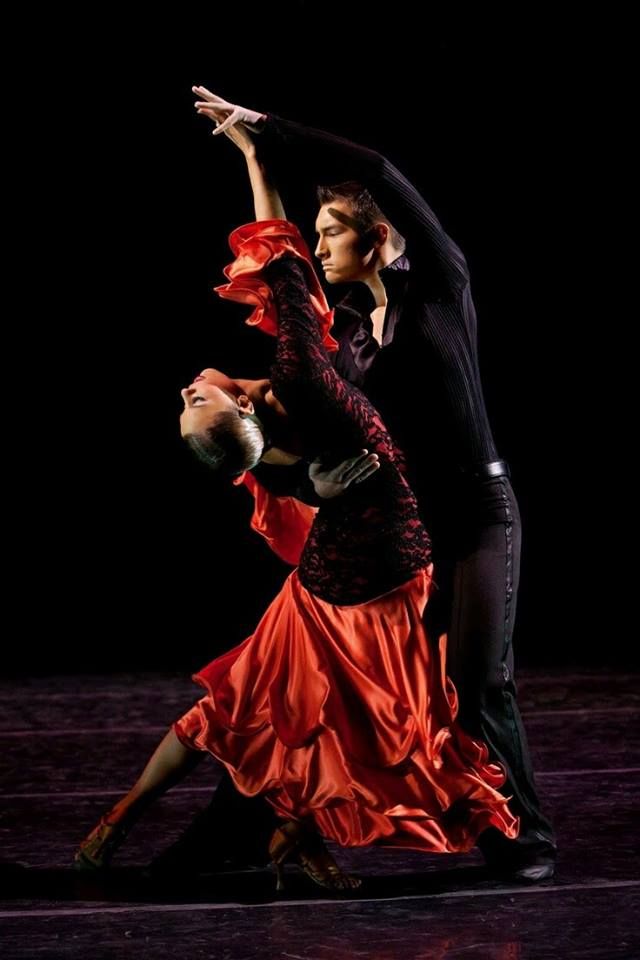 When the singer is singing, the dancer dances according the mood. It’s a conversation between all three elements.
When the singer is singing, the dancer dances according the mood. It’s a conversation between all three elements.
COMPAS
The most important element is the compás, which is the rhythm. In the United States, we teachers generally teach flamenco in Spanglish, speaking English while sprinkling flamenco terms in Spanish. For example I’ll say, “You’re dancing out of compás,” which means “You’re dancing out of rhythm. I will also say, “We’ll do this step for 4 compases and then transition.” In this case, compás means a measure- a count of 4 or a count of 12, depending on which palo (rhythm) we are dancing.
Now, compás is the one thing that can truly trip up a dancer. It’s important to be open to enveloping the compás to listen to it, to hear it, to feel the accents. Usually the 4 count rhythms are easier to dance to for American dancers because we’re accustomed to the count. However, it’s the 12 count that is most challenging, but it’s more prevalent in flamenco.
The 12 count rhythm generally starts on 12 and ends on 10 with the accents on 12, 3, 6, 8, 10. Whaaaaaat? Basically, the rhythm begins on the 12 count of the measure and then when it ends, it ends on 10.
12 – 1 – 2 – 3 – 4 – 5 – 6 – 7 – 8 – 9 – 10 – 11 – 12 – 1 – 2 – 3 – 4 – 5 – 6 – 7 – 8 – 9 – 10
This shows you two compases of 12, with the accents on 12, 3, 6, 8, 10 and then it ends on 10. Do you remember the musical West Side Story? The song “America” is in Buleria which is a 12 count rhythm.
12 – 1 – 2 – 3 – 4 – 5 – 6 – 7 – 8 – 9 – 10
I – like – to – BE – in – a – ME – RI – CA
LOL. It’s true!
HOW TO LEARN FLAMENCO
The only way to learn flamenco is to get out of your own way, meaning that we can over think things sometimes. Flamenco involves allowing yourself to open up, releasing while there still is a tension. Kind of like don’t over think when you’re simmering in your flamenco energy, getting ready to reach a boiling point! But the other obvious things are to show up to class, practice, listen to flamenco, and watch flamenco.
Flamenco involves allowing yourself to open up, releasing while there still is a tension. Kind of like don’t over think when you’re simmering in your flamenco energy, getting ready to reach a boiling point! But the other obvious things are to show up to class, practice, listen to flamenco, and watch flamenco.
Sounds like a lot, I know! But when you have the flamenco bug, all of it is a joy and feeds our passions (even when we’re frustrated at not understanding a particular piece of footwork!)
So, sign up for your local flamenco class or join my Online Flamenco Studio and enjoy the process. Show up, breathe and release. OLE!
Flamenco Dancing - Learn to Flamenco
By Sarah Bird
Photo: Rami Katzav/iStock/Thinkstock
As a woman, you almost always want to dance more than the men around you do. At a certain age, those few men who might have danced with you have all achieved the only dance objective they ever had—acquisition of a steady sex partner.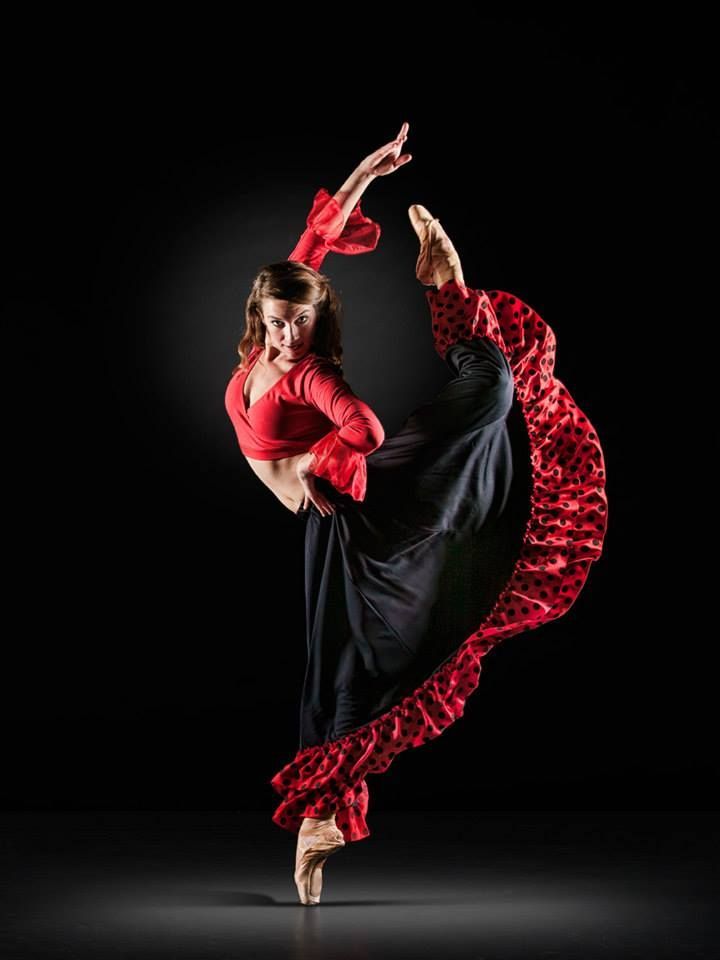 You might even be that partner. You might even have a child, a mortgage, a dog, two—God help you, two!—Volvos. In any case, the man in your life doesn't want to dance anymore. And why should he? You have no desire to scream at television sets broadcasting football games. We must all answer to our own passions.
You might even be that partner. You might even have a child, a mortgage, a dog, two—God help you, two!—Volvos. In any case, the man in your life doesn't want to dance anymore. And why should he? You have no desire to scream at television sets broadcasting football games. We must all answer to our own passions.
Desperate, you turn to partnerless dance mutations—Salsacize, sweating to oldies, Cardio Hip-Hop, Yo! Yo! Yoga!, and the saddest of all the substitutes, tap. You even consider belly dancing, but immediately think better of it.
And then you discover "it," you discover flamenco.
What a revelation this passionate, fiery, aerobically enriching dance form is! You don't need a partner, and it absolutely doesn't matter how young or old or fat or thin you are. In fact you learn, to your immense delight, some of the biggest stars of flamenco are extremely well-upholstered and very suitably seasoned. You feel this could be your last chance to grab at a life-changing soul-body experience.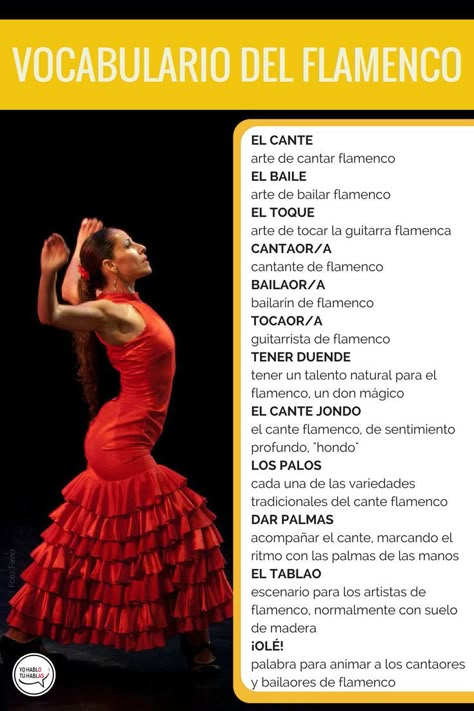
Well, okay, maybe you don't, but I did—which is why I was delirious to discover that my alma mater, the University of New Mexico, hosts the International Flamenco Festival every summer. For those glorious dozen or so days, the cream of el mundo flamenco descends on Albuquerque to perform and teach complete novices like myself in marathon workshops that compress years of weekly classes.
Is it possible in that amount of time for a middle-aged woman to cut loose, shake off inhibitions and a potentially atrophied sense of rhythm, and get her flamenco groove on? I'm not sure, but I'm encouraged to learn that much emphasis is placed on hand movements and that several all-time legends went by the nickname El Cojo—"the Cripple." Still the doubts descend. I try to recall if I own anything with polka dots. And then, with a go-to-hell shrug that might be the first stirrings of my very own personal flamenco soul, I decide I have to do it. Husband and son will just have to boil their own hot dogs for 12 days.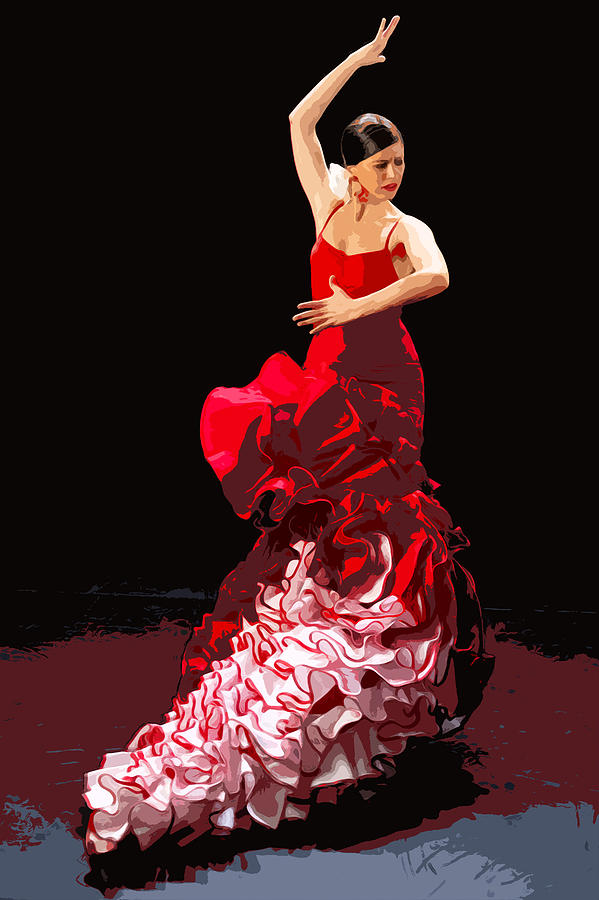 Adiós, muchachos, mamacita is going to dance! Olé!
Adiós, muchachos, mamacita is going to dance! Olé!
Let us pretend now that there are no husbands to convince, no boy child to pack off to camp, no dog to board, mail to stop, bags to pack, panic attacks to medicate about this utterly insane thing I am doing. Let me be transported magically to the sun-drenched campus where I was a hip-shaking, totally happening coed.
The heart of the festival is Carlisle Gym, an adobe-brown building where I once fumbled through my one class in modern dance. I rush in, intoxicated by breathing once again the weightless, piñon-scented desert air of my youth and by being so close to the Frontier Restaurant, home of that staple of my undergraduate diet—cinnamon rolls the size of a catcher's mitt. We are greeted by flamenco goddess Eva Encinias-Sandoval, program director and a radiant, unpretentious advertisement for her art.
Next: The first day of class
Subscribe to the live your best life newsletter Sign up for the oprah.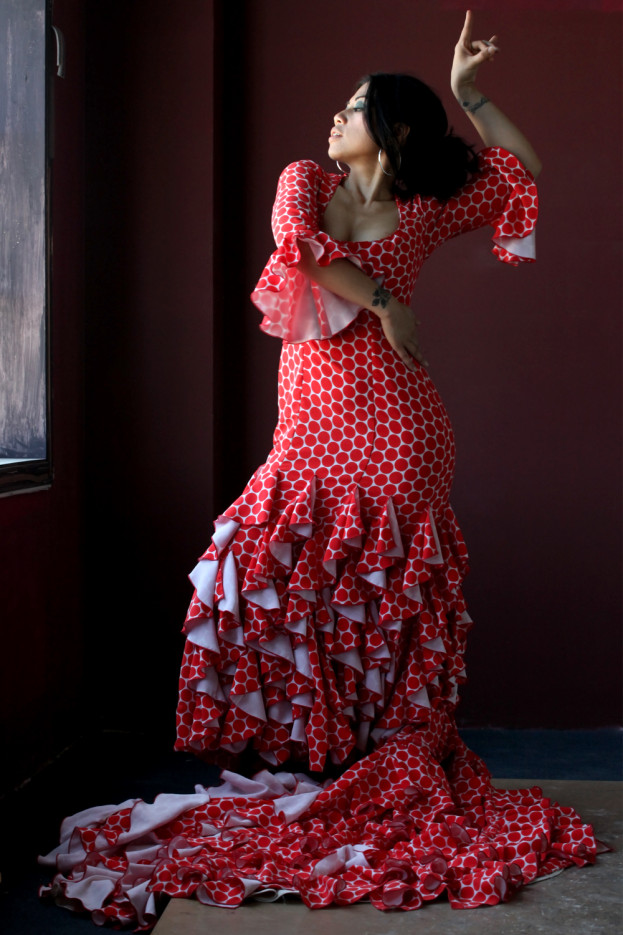 com live your best life newsletter Get more stories like this delivered to your inbox Get updates on your favorite shows, the latest from Oprah's world and more! Get more inspiration like this delivered to your inbox
com live your best life newsletter Get more stories like this delivered to your inbox Get updates on your favorite shows, the latest from Oprah's world and more! Get more inspiration like this delivered to your inbox
Enter your email address
Please accept the Oprah.com terms and conditions and privacy policy
From the November 2002 issue of O, The Oprah Magazine
NEXT STORY
Subscribe to the live your best life newsletter Sign up for the oprah.com live your best life newsletter Get more stories like this delivered to your inbox Get updates on your favorite shows, the latest from Oprah's world and more! Get more inspiration like this delivered to your inbox
Enter your email address
Please accept the Oprah. com terms and conditions and privacy policy
com terms and conditions and privacy policy
Flamenco in Nizhny Novgorod: prices, reviews and addresses Flamenco - prices and reviews. Comparative table of dance schools in Nizhny Novgorod, where there are flamenco dance training services.
Service:
Location:
Show
changes
Show map
The Dance.Firmika.ru portal contains information about where you can sign up for flamenco classes in Nizhny Novgorod: addresses and telephone numbers of dance schools and dance studios, prices for the most popular destinations, student reviews. For greater convenience in using the portal and searching for a dance school, we suggest using a convenient filter by districts and metro stations. Visual tables will help you compare the cost of classes and trainings in different dance studios in the city, choosing the best option for the price.
Flamenco is a very young dance direction that originated around two centuries ago.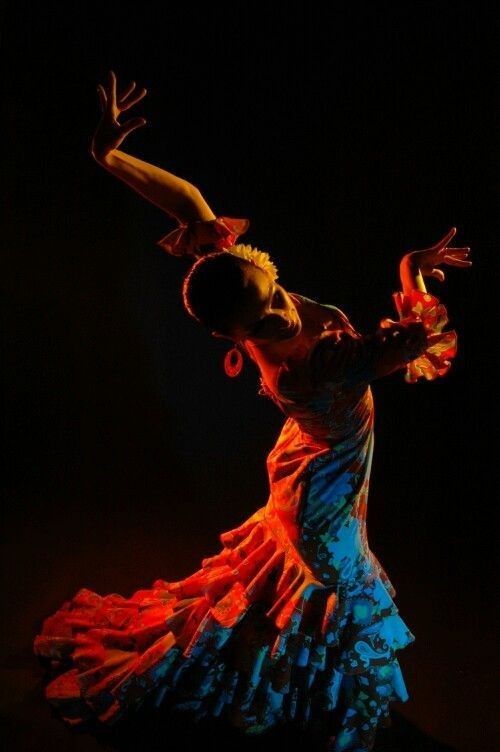 The constant development of flamenco is directly related to using the guitar in music that saturates its sound. At its core, flamenco it is a product of absorption and absorption of different cultures, which harmoniously combined in one dance.
The constant development of flamenco is directly related to using the guitar in music that saturates its sound. At its core, flamenco it is a product of absorption and absorption of different cultures, which harmoniously combined in one dance.
Flamenco dancing - features and characteristics
Professional dancers fascinate with their movements and energy. A clear rhythm, bright and expressive elements - flamenco dance is easy it's impossible not to fall in love. The characteristic features of the direction include beating the rhythm with heels, in which a clear drum sound of beats is born the sole of the boot and the heel on the floor - the "Zapateado" technique. It requires a lot energy costs, so for a long time she was associated with male dancers. Women's movements are characterized by great softness and smoothness.
However, flamenco dance today is not so clearly divided between men and women.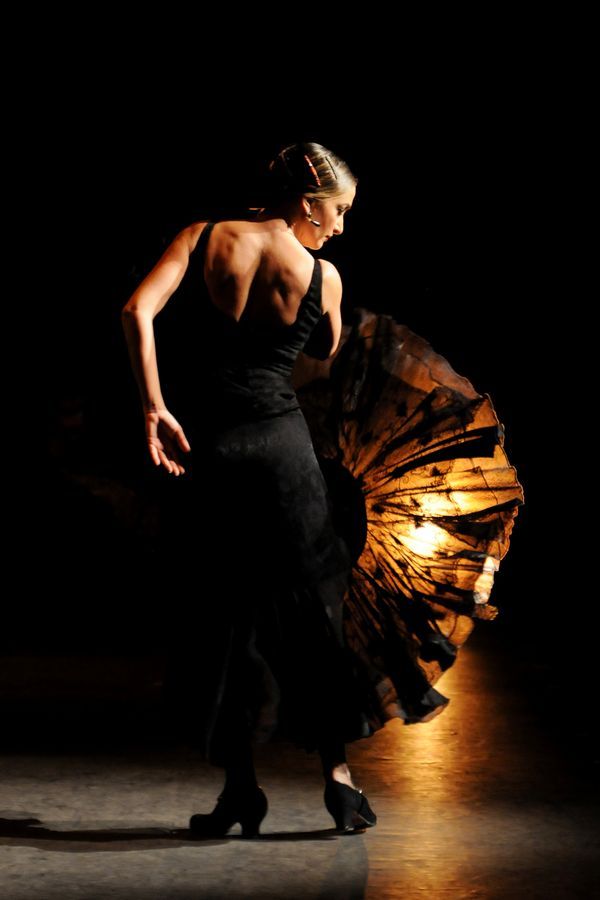 women. Is it that the movements of the dancers are wavy and sensuality. Soft lines of the arms that do not break the shoulders or elbows. Flamenco lessons in dance schools teach smoothness of movement. For example, in women, the movable hands in the dance are like closing and opening fans, captivating in their effectiveness. Men tend to be more strict and restrained movements of the hands, which are more like swords cutting the air.
women. Is it that the movements of the dancers are wavy and sensuality. Soft lines of the arms that do not break the shoulders or elbows. Flamenco lessons in dance schools teach smoothness of movement. For example, in women, the movable hands in the dance are like closing and opening fans, captivating in their effectiveness. Men tend to be more strict and restrained movements of the hands, which are more like swords cutting the air.
Flamenco lessons for beginners will help you master elements such as "Pitos" - snapping fingers, "Palmas" - rhythmic claps with the help of crossed palms. They often sound in rhythm, bringing a special charm to it. Traditional flamenco does not use additional objects, hands remain during movements. Despite the fact that castanets are considered a classic element dance, they were originally used only in the Spanish style. However, they quickly loved by the audience, becoming an integral attribute of any performance.
Is it difficult to learn how to dance flamenco?
An experienced teacher will help you feel the rhythm and melody and teach perfectly reflect them in the dance.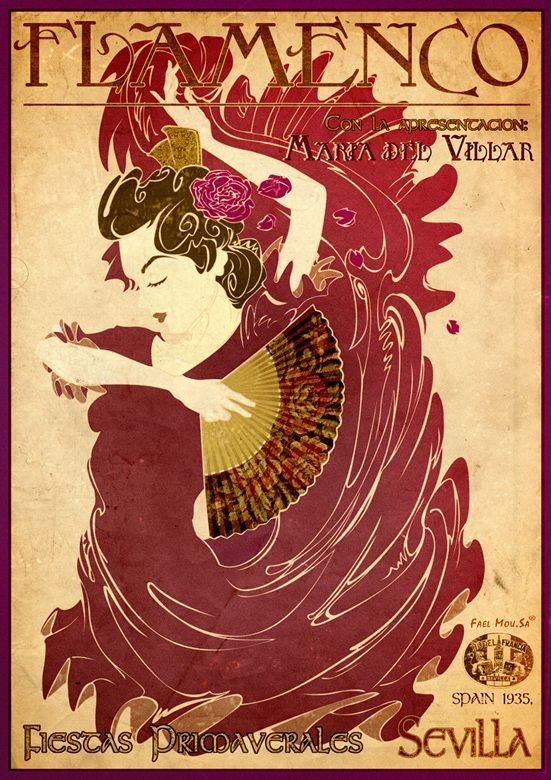 Basic movements are not as difficult as they can be. seem - in the first lessons it will not be difficult to cope with them. Gradually, as you master the basic elements, the flamenco teacher complicates learning process, sets more complex movements. Improving skills and perfecting the technique takes a lot of time, but the end result will make freeze in admiration even the most picky viewers!
Basic movements are not as difficult as they can be. seem - in the first lessons it will not be difficult to cope with them. Gradually, as you master the basic elements, the flamenco teacher complicates learning process, sets more complex movements. Improving skills and perfecting the technique takes a lot of time, but the end result will make freeze in admiration even the most picky viewers!
Flamenco training in Nizhny Novgorod
Today flamenco for beginners and advanced can be found in almost any dance school offering students Latin American directions. Using our portal to find such a school and choose really experienced and professional teacher becomes much easier. The pages of the portal contain information about dance schools in Nizhny Novgorod, which have lessons flamenco. Visitors will be able to find out the cost of flamenco classes, read reviews about teachers and schools, to choose the most convenient territorial institution.
Flamenco questions
Ask a new question
The question will be asked to all schools on the portal after verification.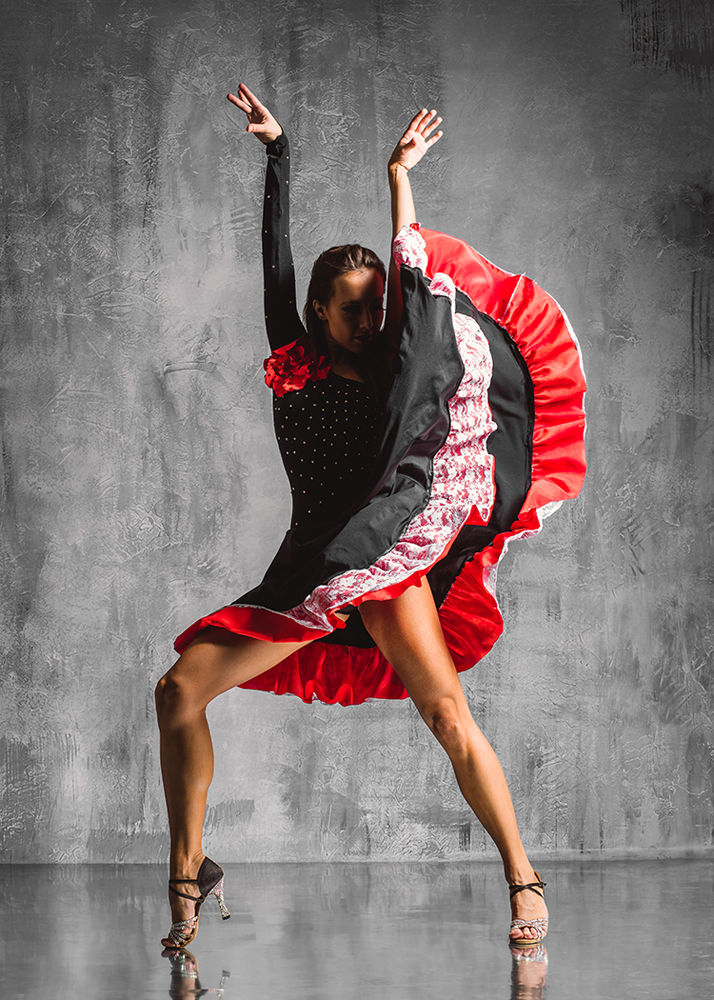 Answers usually come within a day.
Answers usually come within a day. Ask a question
-
I am 50 years old. Are there age groups m...
Anonymous Rostov-on-Don
6 months back 564
responses
I am 50 years old. Are there age groups for me? read more
-
Where flamenco is taught in Rostov-on-Don,...
Rostov-on-Don
10 months back 725
1
response
Where flamenco is taught in Rostov-on-Don, prices, contacts read more
-
Who will teach you how to dance flamenco?.
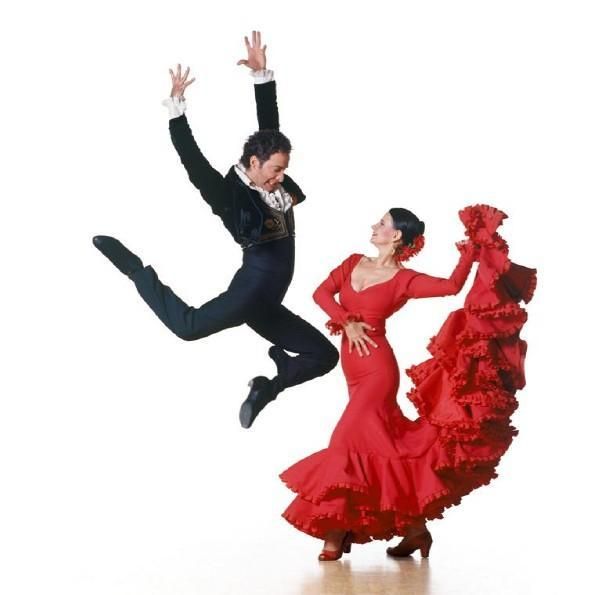 ..
.. Olga Samara
10 months back 747
responses
Who will teach you how to dance flamenco? read more
-
Dance school in the Soviet district...
Ludmila Volgograd
2020-09-28 22:14:33 1990
1
response
Dance school in the Soviet region read more
Show on map
Spanish passions: how to learn to dance flamenco
Spanish national flamenco dance is distinguished by sensuality and passion. That is why it is so popular all over the world. People go to concerts to get energized by the performers and also attend dance classes. There are flamenco studios in our city as well.
That is why it is so popular all over the world. People go to concerts to get energized by the performers and also attend dance classes. There are flamenco studios in our city as well.
Moors and Gypsies
The history of flamenco comes from... India. There is a version that the dance first appeared in the interval between 500-250 BC. e., when Indian dancers came on tour to Spain and performed before the aristocracy. The locals gradually adopted the movements - and the Spanish national flamenco dance was born.
A thousand years later, Moors and Gypsies appeared in this country, who showed their culture and their folk dances, giving flamenco a new impetus to development. It was slightly modified, improved and gained general popularity among the Spaniards and neighboring states. It is interesting that information about the movements and rules of dance performance was transmitted exclusively orally - it was not recorded anywhere in writing.
Hands are the main thing
Initially, flamenco was a single dance, after it they began to perform in pairs, although the tradition of "solo" did not go away.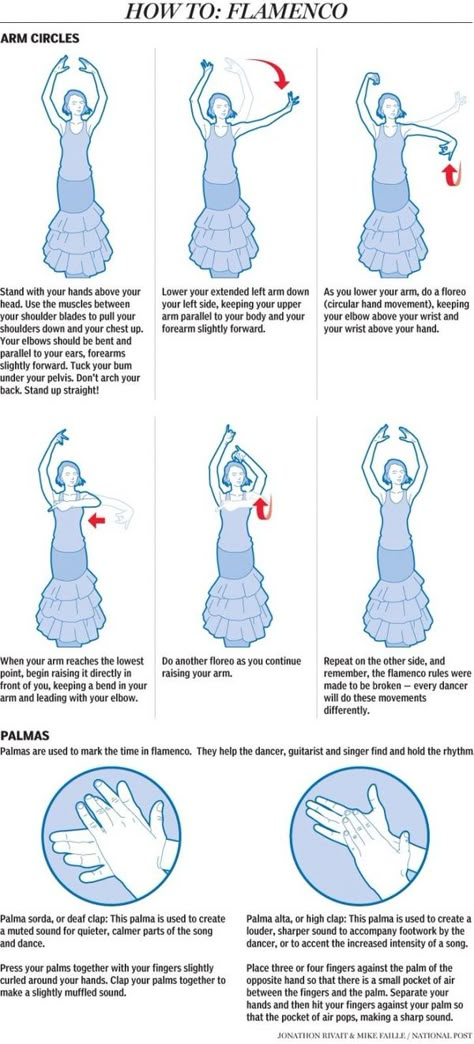 A special charm to the dance is given by bright gestures, which allow the dancers to more fully convey their emotions.
A special charm to the dance is given by bright gestures, which allow the dancers to more fully convey their emotions.
— Flamenco dancer's hands are unusually plastic. They constantly change the pace and nature of the movement, from undulating and sensual to sharp and clear. The movements of the hands and fingers are very mobile, they are compared with an opening and closing fan or flower, - Alena Shupletsova, head of the Krasnoyarsk flamenco studio Rosa y Tacon, told . - The whole arm is tense, all its muscles are working - from the tips of the fingers to the shoulder. Thanks to this, the hands become flexible and graceful, the muscles are constantly in good shape, the problem of sagging above the elbow disappears.
The necessary plasticity of the hands is achieved with the help of special exercises. They are repeated as a mandatory warm-up before the start of each lesson.
Nails and peas
Flamenco, in addition to gestures, is distinguished by a characteristic shot, a kind of tap dance. Special closed shoes with low wide heels with thick soles made of several layers of leather allow you not to injure your feet when hitting the floor. For convenience, studs with wide hats are driven into the toe and heel of shoes, but now there are metal one-piece heels.
Special closed shoes with low wide heels with thick soles made of several layers of leather allow you not to injure your feet when hitting the floor. For convenience, studs with wide hats are driven into the toe and heel of shoes, but now there are metal one-piece heels.
To create the desired image, dancers require specific clothing. Men wear a white, black or colored shirt, black trousers and a wide belt. Sometimes they put on a bolero vest, a hat with a high feather and pick up a strong wooden cane to hit the floor.
Women's flamenco dress is called bata de cola (bata de cola) - it is sewn to the figure and narrowed to the knees, from which frills and frills go, forming a small train. Colors can be different, from burning black and polka dot red to exotic yellow and pink.
Flamenco almost never dances with loose hair, always a smooth bun on the head, opening the neck and shoulders. The hairstyle can be decorated with flowers and a tortoise comb peineta (peineta), which used to hold the mantilla. Castanets, contrary to popular belief, are rarely used, because they are primarily a musical instrument that must be played. In addition, they limit the movements of the hands.
Castanets, contrary to popular belief, are rarely used, because they are primarily a musical instrument that must be played. In addition, they limit the movements of the hands.
Tapping out the negative
Anna Nikolaeva from Krasnoyarsk has been practicing flamenco for more than two years and believes that this hobby helps to throw out the negative.
— I work at a school with children with disabilities, I lead developmental classes, — Anna told . This work requires a lot of patience, physical and moral strength. That is, most of the life that I spend at work, emotions have to be restrained. And by the end of the school year, fatigue accumulates in such a way that it affects thinking - for a long time I remember the right word or the name of a colleague. To express unlived emotions, to do a warm-up, from which motor skills are restored, coordination of movements and new neural connections are formed - for this I go to the flamenco studio on Saturday.
I also like to pick up castanets and, tapping out "quick rya", imagine myself as an actress playing Carmen.
Polka dots are especially popular with dancers. This pattern has remained in the flamenco culture as part of the gypsy culture. Gypsy women sewed small round mirrors on their dresses, as a symbol of the moon, to protect themselves from the evil eye. Therefore, in Spanish, such a pattern is called not “peas”, but “little moons”, and the words “moon” (luna) and “peas” (lunares) are the same root.
From the author
— I already have experience in pair dancing. I wanted more experiments, so when I saw a poster for a flamenco dance studio not far from home, I decided to go. To be honest, the only thing I knew about flamenco was that the girls wear Spanish attire and kick very hard. Music, to my shame, did not listen. But I came across an article on the Internet about an old flamenco dancer. A young Russian girl came to her to study, who was restrained in her emotions during the dance.






